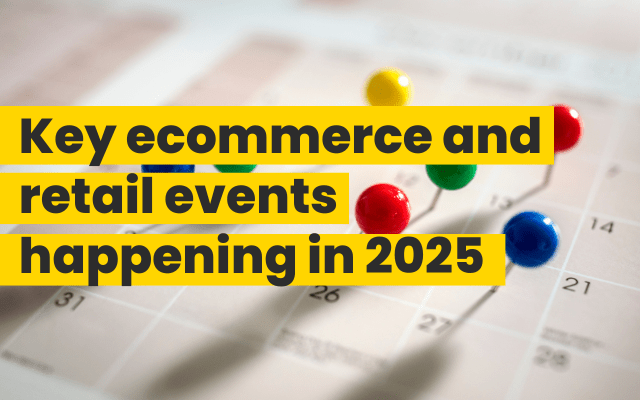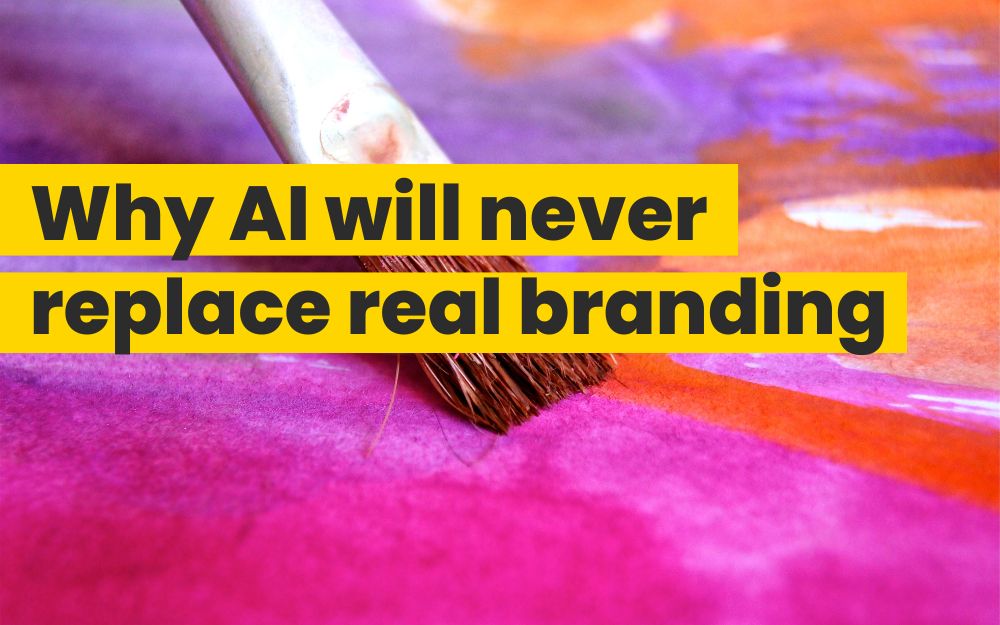2021 was yet another year like we’d never seen before, on the back of covid shaking the world in 2020. New consumer behavioural changes are emerging, along with a surge in e-commerce and shifts in brand preferences, against a backdrop of higher unemployment rates. The saturated online media space even saw smaller, independent players taking on larger brands – and winning. And this is just for starters.
We’ve drawn on research, the trends we’ve seen appear, and reems of our own experience, data and insights, to lay out the twelve trends we believe will shape 2022; from privacy updates to the metaverse. Tap into these trends to help bolster your marketing strategy and approach for the year ahead. From the perspectives of retail analysts, MarTech experts and digital marketing specialists, here then are the Big Twelve.
Trend 1: Sustainability and brand purpose
An increasingly ad fuelled online space, paired with the murky distinction between authenticity and sales gimmicks can make it difficult for brands to resonate with their audience.
In 2022, brands need to be more authentic, pledging more time into their brand purpose and point of view. This might range from sustainability to corporate activism. 64% of consumers said that they would boycott, avoid, or switch brands based on its stand on societal issues.
With climate changes and views on the environment shifting rapidly, sustainability is a key area for brands to embrace. 81% of consumers have said that they are more likely to choose a brand with a positive approach to environmental sustainability, showing a clear development in consumer attitudes towards a business’s approach to the environment.
Trend 2: Hybrid shopping experiences
Merging the in-store and online experience has been a trend in the pipeline since the pandemic, as online shopping became the preferred channel for spending and customer expectations around their online experience are now much higher.
From digital screen browsing, easy mobile payments, ordering online with a seamless delivery or click and collect service, brands need to be more diverse in their online and offline offerings. getting their digital experience right will only aid retailers in 2022 as they battle with acquiring first-party data.
Trend 3: Live commerce and digital leaps in retail
The surge in online shopping meant that more of us accessed online accounts with retailers, presenting more opportunities for personalisation and improvements to our digital experience. 81% of consumers have at least one digital account with a retailer, showing the scale of data available.
Last year, Walmart introduced their own DSP (demand-side platform) which will allow buyers of digital advertising inventory to manage multiple ad exchange and data exchange accounts through their Connect interface. A big leap forward in digital transformation for retail, connecting and measuring both online and in-store performance.
We’re seeing more brands experimenting with live commerce, which will only continue into 2022, particularly on channels such as TikTok. Brands are also leveraging influencers to make these more engaging for consumers – a QVC sales approach is making a big comeback.
Trend 4: A clear exchange of value for data
The demise of third-party cookies and changes to privacy laws means that brands must now offer more value and a better customer experience than ever before, to gain customer trust and more importantly, their data.
Google has made plans to phase out third-party cookies in Chrome towards the end of 2023. This means we will see brands in 2022 continue their focus on collecting first-party data.
There are several brands who are already on the front foot and have changed their approach to data, using first-party data make data-driven decisions and to improve the overall customer experience.
Netflix is the market leader in using first-party data to make marketing decisions. Utilising internal data enables effective A/B testing and as a result, has built its recommendation engine which gives users show and film recommendations based on their watch history.
Trend 5: Increase in D2C business
During the pandemic, we’ve seen a rise in direct-to-consumer. Food and drink giants such as Heinz rolled out the Heinz to Home service enabling consumers to purchase product ‘bundles’ which are delivered to their home.
We believe that consumer behavioural changes and habits will only accelerate this going into 2022 and beyond. Brands will benefit from selling wholesale, retail and D2C on a single website, allowing them to get the best out of every channel they utilise and reach multiple audiences.
Trend 6: Aligning shopper data with media investment
Reviewing shopper data, coupled with a drive to better understand the consumer, will give brands a more complete picture of the entire marketing funnel. This will enable retailers to align their e-commerce data with media investment data, resulting in a better understanding of attribution and ROI.
Most retailers currently buy and use multiple pieces of media tracking and marketing technology to monitor and forecast digital marketing performance., Retail analysts suggest that this will change in 2022. Smart marketers will look to consolidate their technology stack, with a sharper focus on software that offers a full range of functionality – saving costs and complexities and improving process efficiencies.
Trend 7: Content marketing on the rise (again)
2021 saw 43% of marketers increase their content marketing budget, with 66% expecting to see it rise again in 2022. With yet more increases in video content and hybrid events, these are the areas that marketers will prioritise, alongside investment in a long-term strategic approach to content. Quality, relevance, and trustworthiness are of paramount importance.
As a result, Google’s E.A.T framework (Expertise, Authoritativeness, and Trustworthiness) will continue to play a big part in shaping content marketing strategies for 2022.
Trend 8: Building brands that customers can connect with
The pandemic has highlighted to businesses that there is a need for empathy and storytelling in their marketing, as users have looked to connect in new ways and learned that personal relationships in business can be effective.
Storytelling and building a reputable brand enables marketers to engage with consumers in a fragmented and saturated media market. Consumers are no longer just looking for the best product at the best price, storytelling gives consumers an entry to your brand, building credibility and trust. Ultimately leading to long lasting relationships.
Trend 9: Accelerated social selling
Social commerce isn’t a new addition to 2022 but has been accelerated by the pandemic and rise in social media usage. As seen on channels such as TikTok, Facebook and Instagram, social selling is fast becoming a more common and mainstream style of shopping. In 2022, influencers will continue to dominate social channels and brands will use their presence and Influence to reach their audience.
In tandem, platforms such as ‘Instagram Checkout’, make It even easier for brands to advertise and sell their products directly on these social channels, with no need to jump off to the brand’s main e-commerce website to convert.
Trend 10: AI and machine learning for paid search optimisation
With more than two-thirds of digital ad spend now going on Facebook and Google, optimisation on paid media platforms is more important than ever before.
Only 9% of marketers can accurately forecast the impact of a 10% shift in marketing spend, meaning the need for intelligent forecasting capabilities is on the rise. There are new opportunities for marketers to apply machine learning and artificial intelligence to better inform their marketing strategy and boost results in 2022. Using software such as BOSCO™, can help marketers accurately forecast where to spend marketing budgets for better ROAS.
Trend 11: Privacy and the third-party cookie cull
Privacy and the way we use data has been at the forefront of the digital space for decades. From the GDPR release in 2018 to current state privacy laws, advertising platforms such as Facebook and Google have been forced to abide by the rules. However, the way in which businesses acquire and use data now will need to be completed reimagined.
With fewer tracking options available to advertisers, they will have to improve their current strategy, rather than just relying on dynamic product ads and highly targeted ads. The content and product will have to be of higher quality. Data-driven advertising goes beyond this “ready, aim, fire” mentality with higher levels of targeting, personalisation, placement, and timing.
Trend 12: Mingling in the Metaverse
In the past two years, the pandemic has brought the development of virtual reality evermore into the spotlight. What was expected to still be years away is now a reality, in the form of the metaverse. By using an experience-first sales process, sensory marketing looks set to revolutionise digital campaigns. And it’s these immersive experiences that really sets the metaverse apart from existing platforms. We’ve already seen brands such as Nike and Gucci experiment with the gaming metaverse, offering exclusive access to clothing lines and events.
In 2022, forward-looking brands are now contemplating whether to pivot and begin creating metaverse-ready marketing campaigns. We believe that this will become a standout trend in 2022. (Read our perspective featured in the Drum on how brands can prepare for the next generation of VR and the metaverse.)
Ready to consolidate your martech stack and optimise ROAS this year?
If you’d like help with your digital marketing strategy or are ready to consolidate your MarTech stack in 2022, book a demo. BOSCO™ collates all of your ad data into one place and enables you to make effective, data-driven decisions on your media spend.




